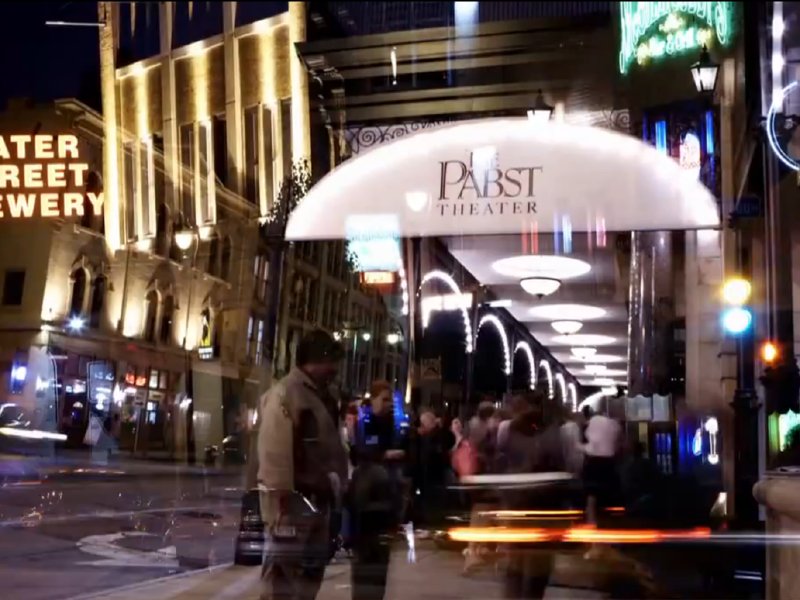Downtown's nightlife scene is alive, vibrant and growing. Now, business owners and residents of the area are hoping to make it better.
To accomplish that, Downtown stakeholders, led by Business Improvement District 21 (Milwaukee Downtown), commissioned a six-month study and workgroup on how to improve the attractiveness and safety of the Downtown economy.
At a press conference Wednesday, the results of that study, which focused on the East Town, Westown, Historic Third Ward and Brady Street entertainment districts, were released.
Six factors – public safety, venue safety, entertainment, quality of life, multi-use sidewalks and transportation – were taken into account with subcommittees meeting to evaluate and establish goals in each category.
The committee members participated in an orientation, late-night tour of the city, several focus group discussions and the creation of an action plan.
Recommendations included:
- Formation of a Downtown Neighborhood Association for Downtown residents to meet, communicate and work to improve their neighborhoods. The association would also work with the police and city council in reviewing license applications renewals.
- A marketing campaign to promote Downtown parking areas and public transportation options.
- Cooperation among bar owners to better handle crowd control and operational issues.
- New lighting underneath I-794 to create a more welcoming connection between Downtown and the Historic Third Ward.
- Transportation hubs which would include bus stops, taxi stands and possibly food carts and restroom facilities to help entertainment districts clear out more easily at closing time.
Milwaukee Police Department Chief Ed Flynn participated in the announcement, telling attendees that enhancing the experience of those coming Downtown for nightlife activities falls within the MPD's primary goals.
"The mission of the MPD as embodied in all of our reports is to create neighborhoods capable of sustaining civic life," Flynn said. "That's our mission statement. Controlling crime isn't our mission statement, it's one of the tools we use to produce neighborhoods capable of sustaining civic life."
This summer, a new task force will put officers on the street in the city's most popular entertainment districts during peak hours. Those officers will be in regular contact with business owners and residents throughout the year.
The study, funded by Milwaukee Downtown and approximately 50 Downtown stakeholders was conducted by Santa Cruz, Calif.-based Responsible Hospitality Institute.
RHI Vice President Allison Harnden compared the city to a high school girl "who doesn't know she's going to grow up to be a supermodel" when offering her opinion on the city's existing nightlife offerings.
"Downtown Milwaukee's nighttime economy represents more than just bars and restaurants," said Milwaukee Downtown executive director Beth Nicols. "By tapping into our after-five potential, we can help foster a better sociable economy that adds to the tax base, creates jobs , attracts the creative class and retains students and faculty talent."
The work groups will meet throughout the summer and report out again in September to track progress.







